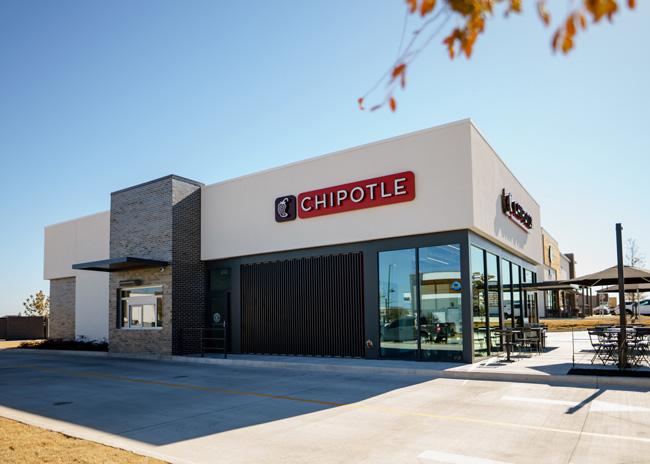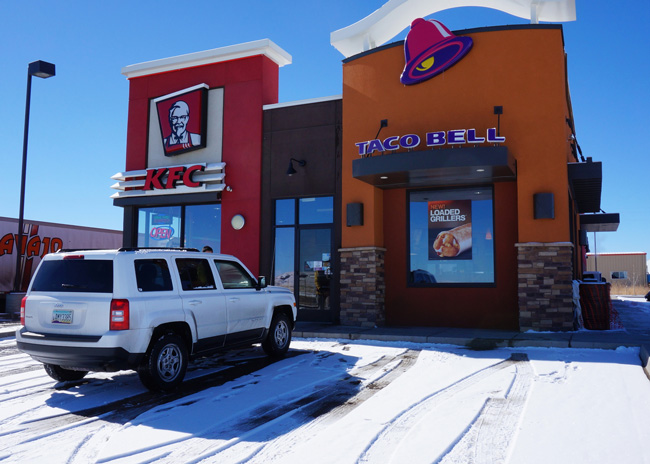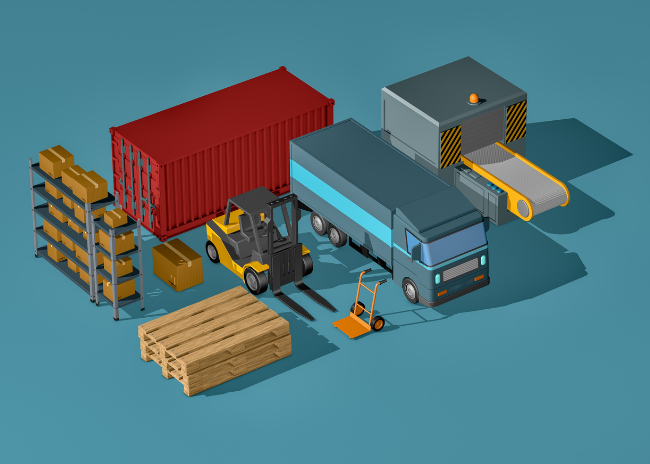A previous blog about AI order-taking in drive-thru explored the impact that it could have on labor.
Tech can be terrific but don’t let it compromise how restaurants provide service, a key ingredient in their brand proposition.
When we are tasked with a problem to solve, the natural approach is to focus directly on how the problem was dictated to you and not dive deeper into the problem statement. Often, this tunnel-vision approach can lead to issues elsewhere, particularly when it comes to multi-unit operators. This is not uncommon in bottleneck management, also known as the “theory of constraints” (TOC).
The start of a new year is a time when people naturally assess their personal lives, including what they’ve accomplished and what they hope to do in the coming year.
No doubt today’s operating environment remains a pretty complicated one for restaurants.
The calendar rolling over into a new year gives me time to reflect into the past and dive into the future.
As prototypes shrink, effective and efficient foodservice requires foodservice operators and designers to make use of every inch of space as Carlos Espinosa of Profitality Labor Guru explains.
The tactical benefits of using voice-activated ordering systems in the drive-thru are many.
With some multiconcept operators purchasing a variety of chain restaurants, co-branding has gained new life. For those who may not be familiar with co-branding, on the surface it’s not a difficult concept: A company seeks to operate multiple brands from the same location. Execution, however, can be a little more challenging.
Oftentimes in the restaurant industry, we find ourselves laser-focused on the task at hand. It’s a good idea to lift our heads, on occasion, and take a look around at other industries as they can teach us plenty, too. One specific story that piqued my interest as of late is the saga surrounding WeWork.
Joe Carbonara’s recent article on potential really struck a chord with me. Potential is both a beautiful and scary concept.
Artificial intelligence and automation remain two of the more intriguing topics in today’s foodservice industry. For example, there’s no denying the potential impact of voice recognition AI systems can have in the drive-thru and other automated devices. Many continue to wonder when the robots will arrive in foodservice, when the fact is they are already among us.
Open kitchens are far from new but can represent an innovative way to address labor challenges.
If you attended any foodservice-related trade shows recently, I am sure you saw many robotic arms and machines being used in kitchen applications like frying chicken or making coffee.
Boosted by advancements in technology, foodservice and restaurant facility design has undergone a remarkable transformation over the years. When I went to school in the 90s, designs often began as simple hand sketches on paper.
As the summer heat descends upon us, I am reminded of travel stories some of my colleagues have mentioned about their recent summer trips abroad.
















